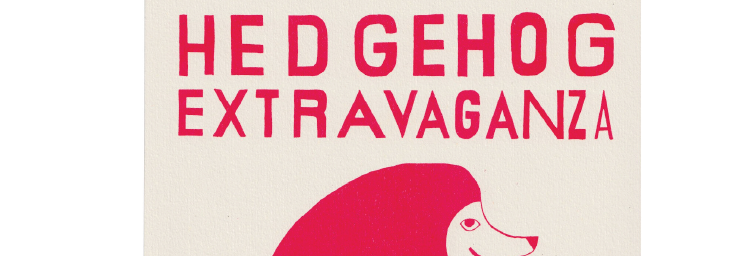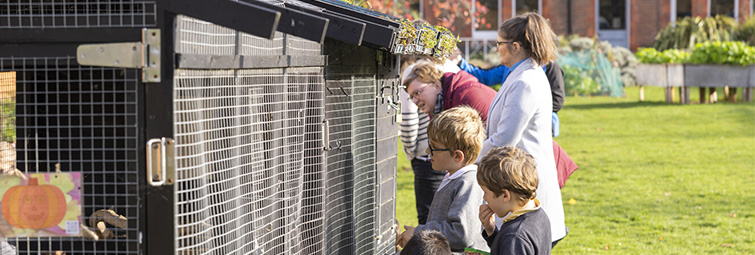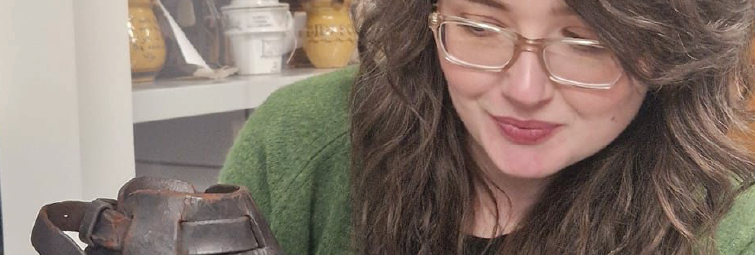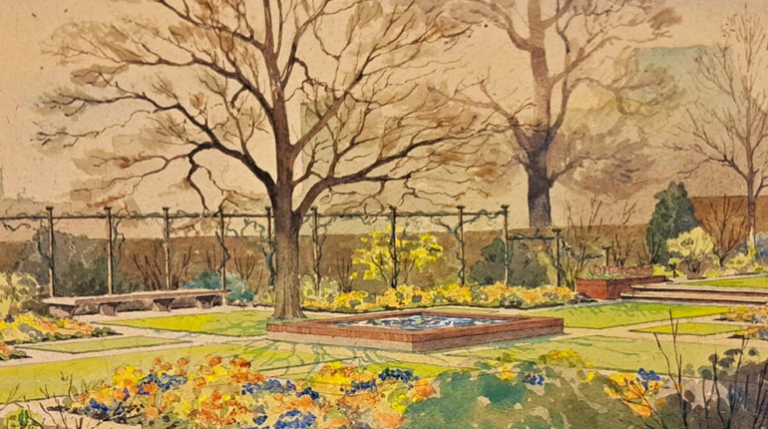Upland Commons: A Labour of Love
Learn about England's upland commons, their significance to culture and environment, and the many people who come together for their care.
-
Author
- Joe
-
Published Date
- October 7, 2024

If you head to The MERL’s wagon gallery in the months leading up to Christmas, you’ll see something different: a collection of images, stories, poems and a film shedding light on the people who care for England’s upland commons.
It’s a strange life, is hillfarming, but a good life. I like to use the word ‘grateful’. Because we are lucky, even though it can be hard.
Lizzie Weir Commoner, the Lake District
If you’re not sure what a common is, or an upland common for that matter, you’re not alone. Common land in England is not widely understood. Yet England’s upland commons play a massively important part in the country’s landscape and rural communities, and the way they are cared for is critical for nature restoration, for dealing with climate change, and for maintaining rural cultural heritage.
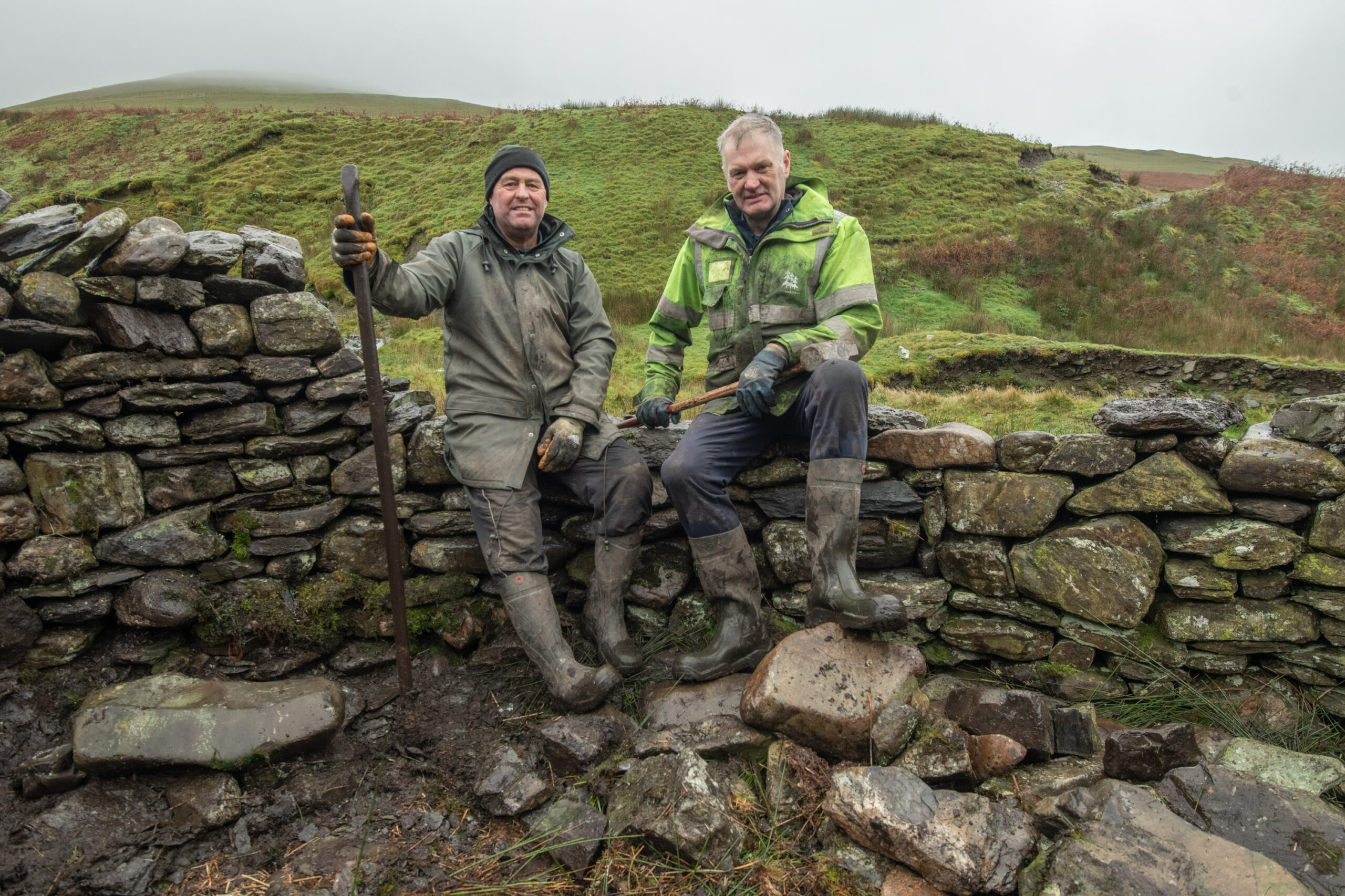
So, what is common land?
Common land is an area of land that is owned by one or more parties (for instance, the National Trust, a private land owner, a National Park Authority, or the RSPB) and is under the care of a number of people who have rights to graze animals (and historically, though no longer exercised, to collect peat and wood).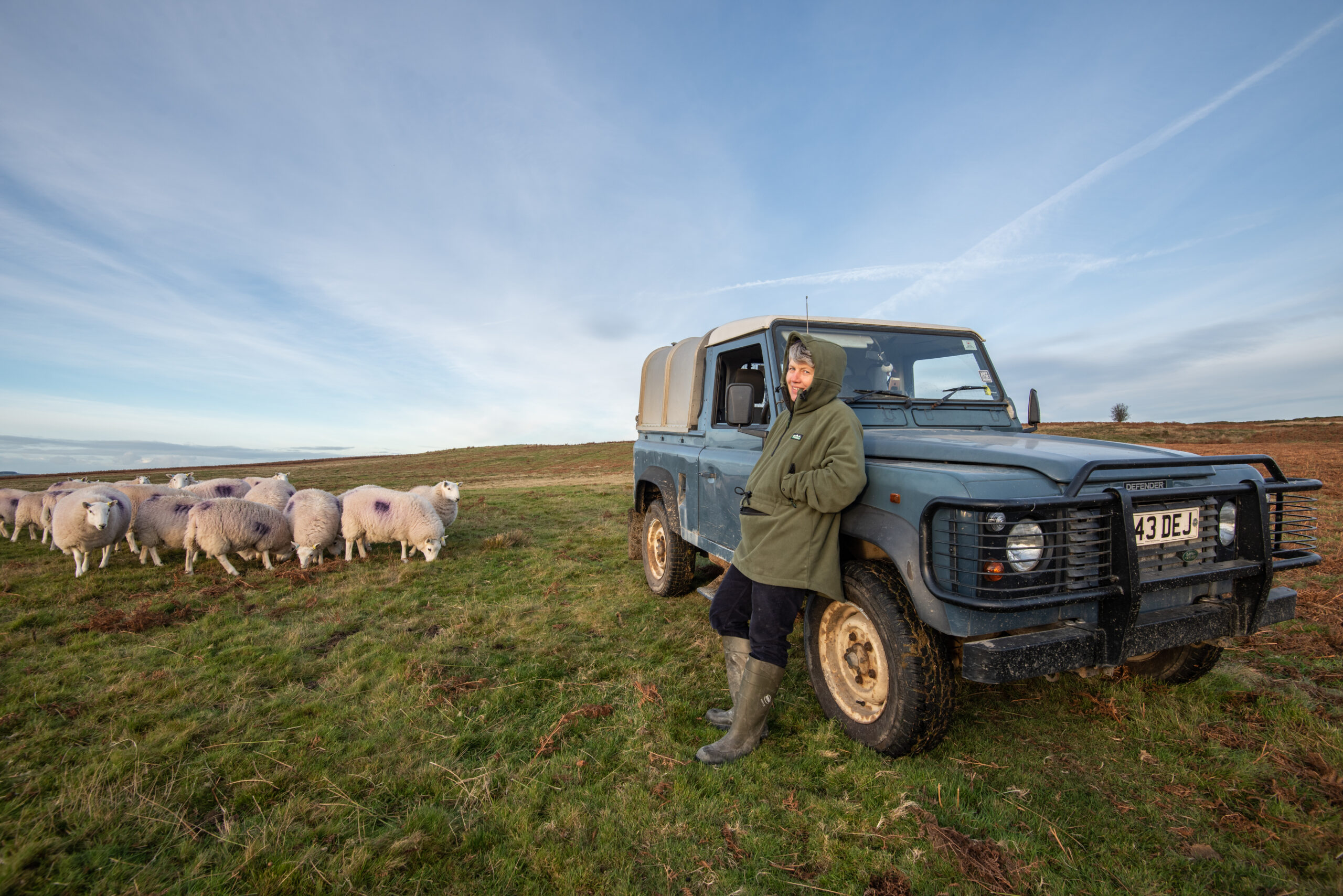
There are commons across England, including in towns and cities. However, in upland areas, most of which are designated as National Parks or National Landscapes, commons can spread for miles. If you’ve been for a walk in the Lake District, in the Shropshire Hills, or in Yorkshire, Dartmoor or Exmoor, you’ll have been on a common, even if you didn’t know it. 82% of commons are in these upland national landscapes.
Many commons are open access land, criss-crossed with footpaths, sensitive habitats, vast areas of peatland, and scheduled historic monuments. They are ‘home’ to sheep, cattle and ponies – and the people who farm on the commons. Some commoners are relatively new to the role, but most can trace their ancestry in the uplands for several generations.
I feel it’s like my country. I feel like the little skylark that comes back here every year and nests. This is where he lives, this is where I live.
Richard Gray Commoner, Dartmoor
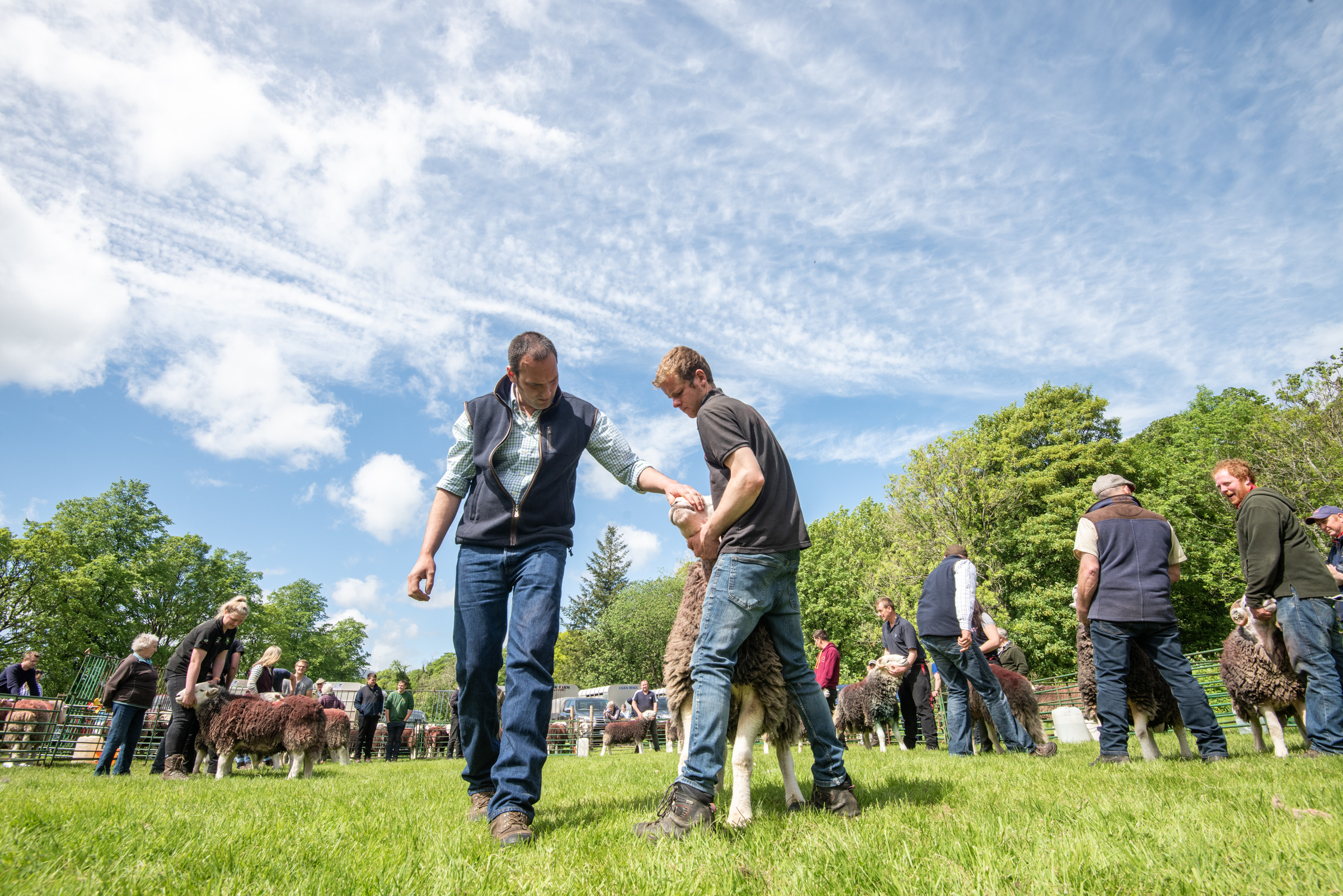
Landscape shaped by farming
Some people describe the country’s upland landscapes as wild, but that’s far from the truth – they have been shaped by human practices over hundreds of years.The wider collection at The MERL shows how this has happened in the ‘lowlands’ and, largely, the south of England. It’s great to bring some upland landscapes, people and stories into the space for a short while.
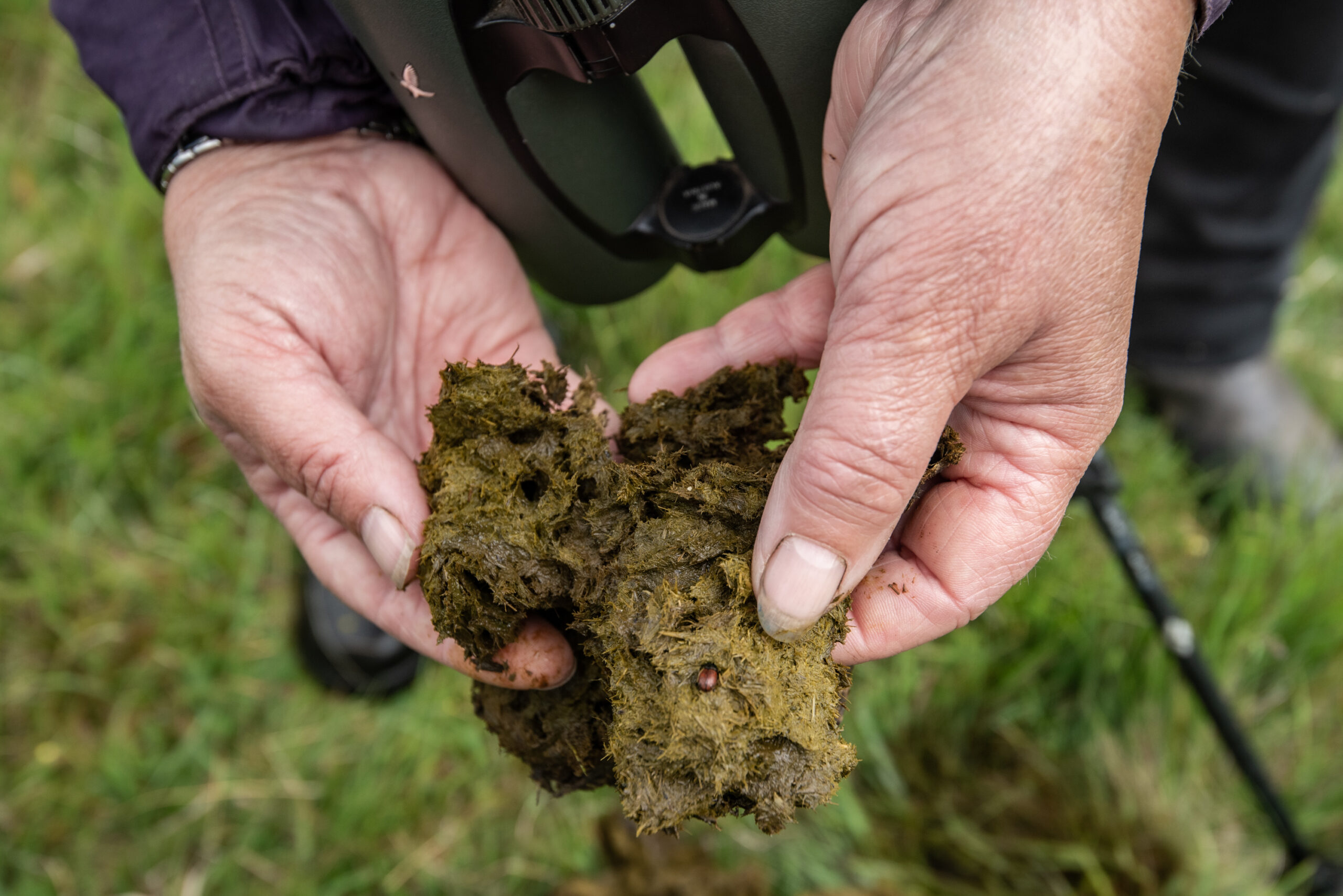
The beauty is that resilient ecosystems can be productive, both for biodiversity and for our agriculture. Ideally, you have a varied landscape, with lots of people doing different things in their own way. Different species like different things in different places. Nature is complex.
Clive Turner Entomologist, with special knowledge about dung beetles
The challenges of the 21st century
Now, in the 21st century, the upland commons play a crucial role in dealing with challenges that are being faced by wildlife and by people. So, who manages these areas, what are the joys and frustrations, and what is being done to care well for them going forwards?These questions are just some that drove the work we – Rob Fraser (photography) and Harriet Fraser (writing) – brought with us on our visits to commons over the past three years. We’ve been working with the Our Upland Commons project in four areas: Yorkshire Dales, the Lake District, the Shropshire Hills and Dartmoor. We’ve met farmers who are all commoners (with rights to use their local common for grazing), foresters and tree specialists, peat restoration specialists, butterfly conservations, landowners, ecologists, hydrologists, and many others, as we build a holistic view of the many people, and perspectives, that come together in the care of the commons.
Change is coming. Nobody is happy with the current situation, whether you’re a farmer or a conservationist, and what we have in common is a love for Dartmoor, and desire to reverse the decline in biodiversity…
Naomi Oakley Farmer, Challacombe Farm, Dartmoor
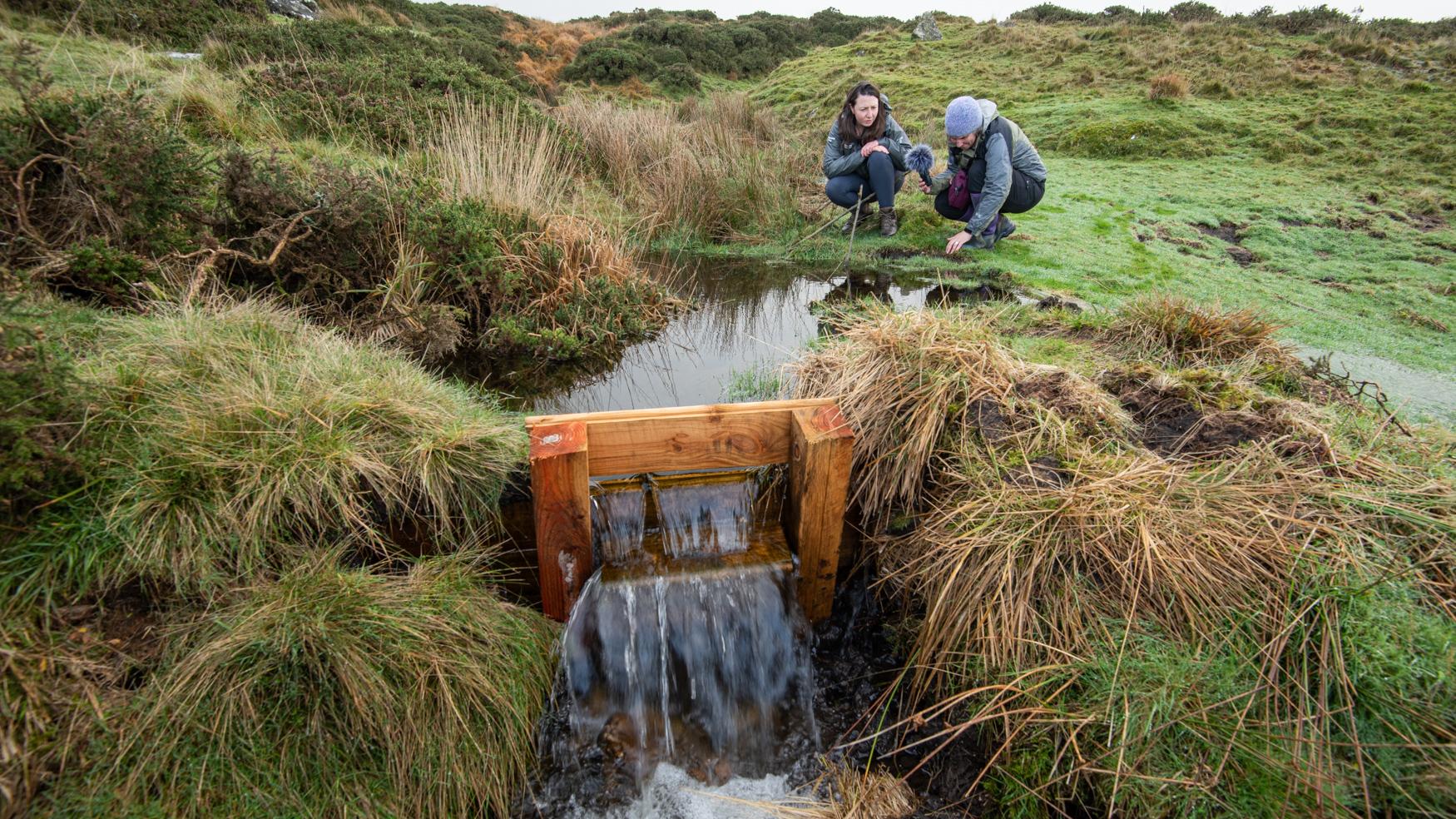
People and places
Our work on show at The MERL contains a selection of images, with stories and reflections from individuals, that we gathered along the way. The full collection can be viewed on the website of the Foundation for Common Land, where you’ll also find videos made by farmers, audio recordings, and a selection of poetry.In the gallery, there are portraits made by Rob using a large format camera and real film, displayed on easels, and landscape images presented on banners hanging from the gallery pillars. There’s poetry too, inviting a moment to pause and reflect on the lives and landscapes in the uplands. And we’ve included extended captions with the images, to give a sense of each person’s passion – where do they fit in the entangled management of these very special places?
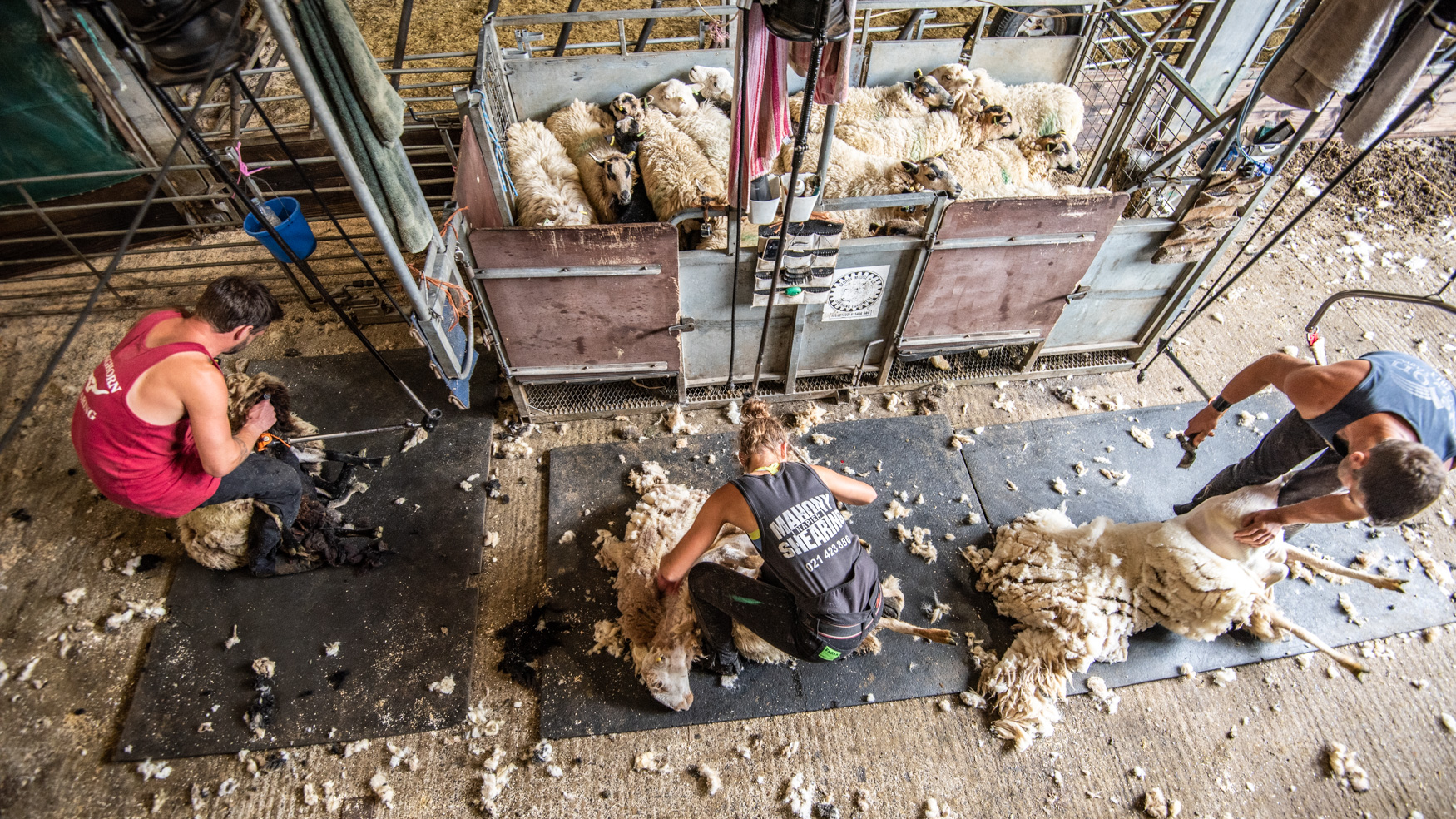
And that’s the point of commons: they fall under the care of many different people. Sometimes a system of collaboration works well. Graziers frequently work together to gather their stock off the high land and down to the farm yards, at intervals through the year; and graziers can work closely with landowners and with ecologists to manage the distribution of animals on the land and monitor the condition and restoration of habitats.
But sometimes working together can be contentious and difficult; and with current demands of a changing environmental and political landscape difficulties do need to be addressed. One of the goals of the Our Upland Commons project has been to support skills sharing, co-working and collaboration, all of which underpin healthy commons and good commoning, to support nature and people into the future.
The Labour of Love exhibition offers glimpses into different places and perspectives, and we hope ignites a spark for people who visit. Next time you head out into England’s national parks, might you see things a bit differently?
There’s not one farmer that doesn’t want to see nature and wildlife here. There’s a willingness from the commoners to deliver that, with or without the environmental schemes. The schemes provide the resources to keep it sustainable and achievable, but the willingness is already here.
Tom Lloyd Commoner, Shropshire Hills
Labour of Love is displaying in The MERL’s Wagon Walk gallery from 1 October to 15 December 2024. Plan your free visit today.
Background: Our Upland Commons
The ‘Our Upland Commons’ project is a three-year project helping to secure the future of upland commons in Dartmoor, the Lake District, Yorkshire Dales and Shropshire Hills.It’s funded by the National Heritage Lottery Fund and Esmée Fairbairn Foundation, and is led by the Foundation for Common Land with 25 partner organisations: Cumbria Wildlife Trust, Dartmoor Commoners’ Council, Dartmoor National Park Authority, Devon Wildlife Trust, Duchy of Cornwall, Dartmoor Preservation Association, Federation of Cumbria Commoners, Friends of the Lake District, Heather Trust, Lake District National Park Authority, Moorland Association, National Farmers’ Union, Millichope Foundation, National Sheep Association, National Trust, Natural England, Open Spaces Society, RSPB, Shropshire Hills AONB Partnership, Shropshire Wildlife Trust, South West Water, Yorkshire Dales National Park Authority, Yorkshire Dales Millennium Trust, Yorkshire Wildlife Trust, University of Cumbria.
Artist researchers Harriet Fraser and Rob Fraser have been documenting and recording lives, landscape and change in England’s uplands since 2011. This is one strand of their collaborative practice, somewhere-nowhere, which delves into the nature and culture of place.
We use cookies to ensure you get the best experience on our website. Learn More.
